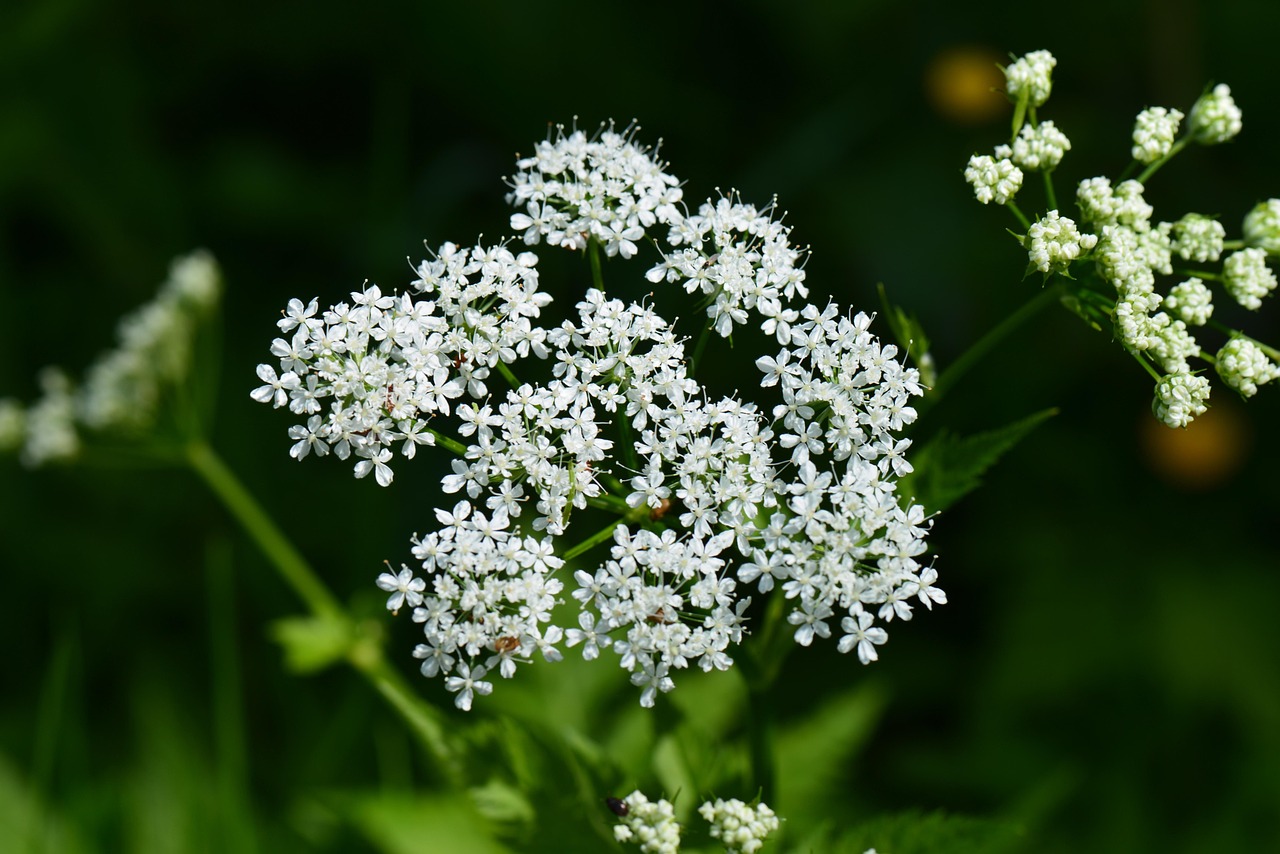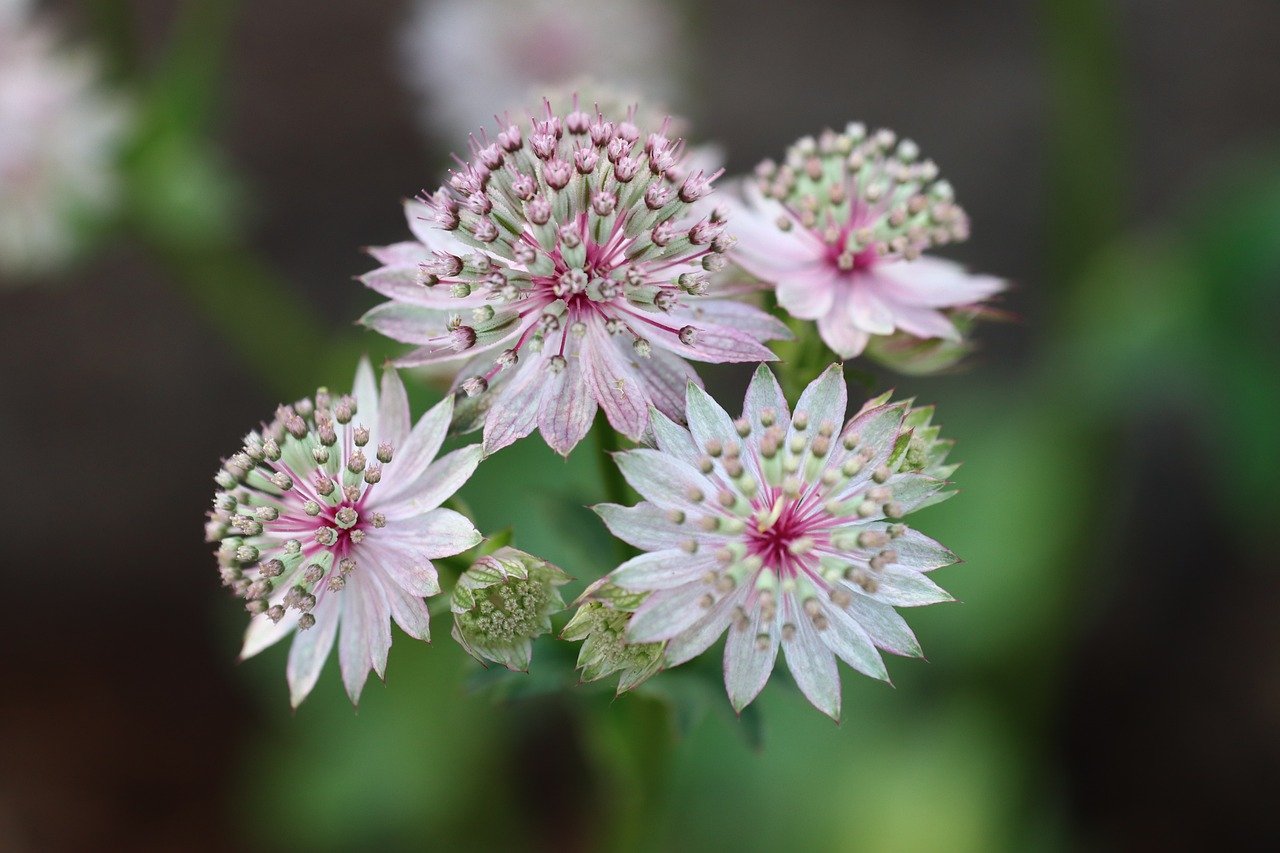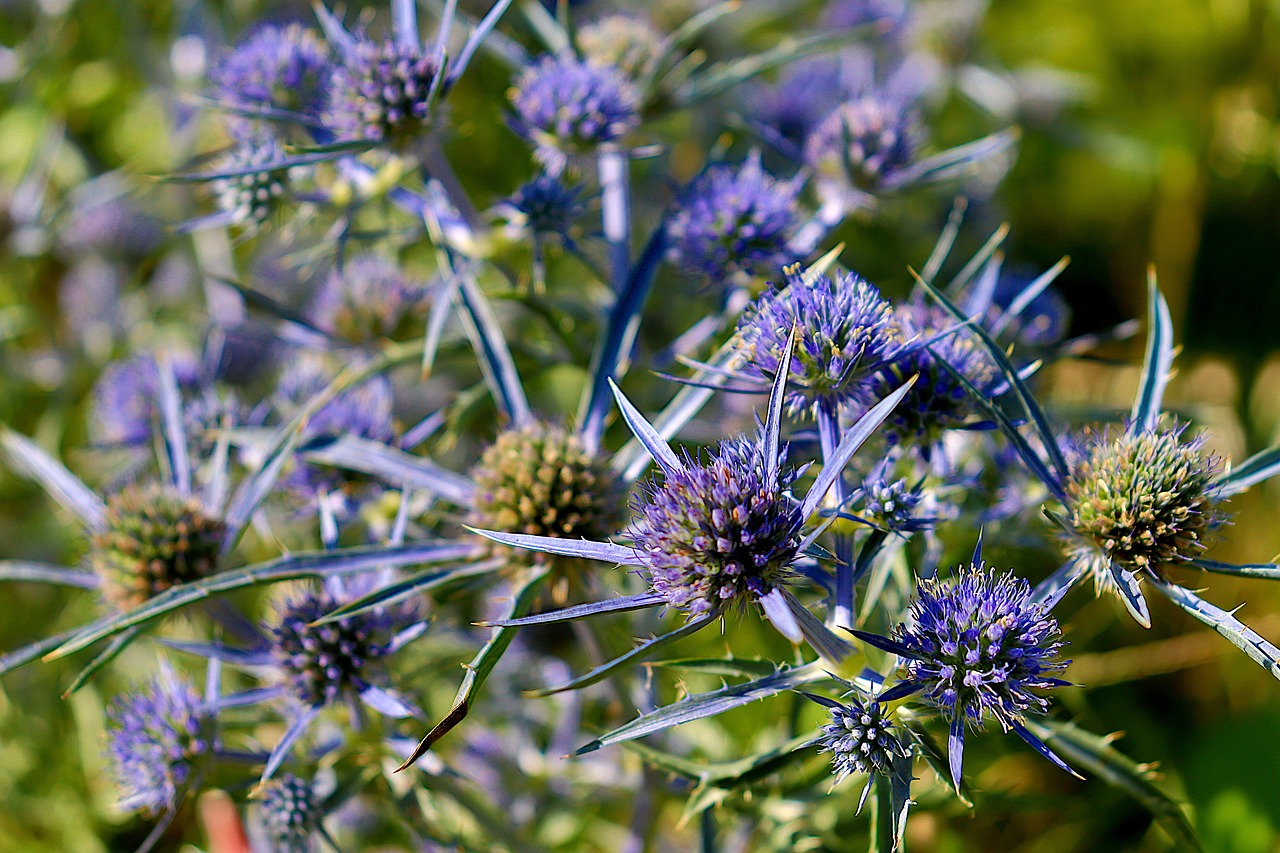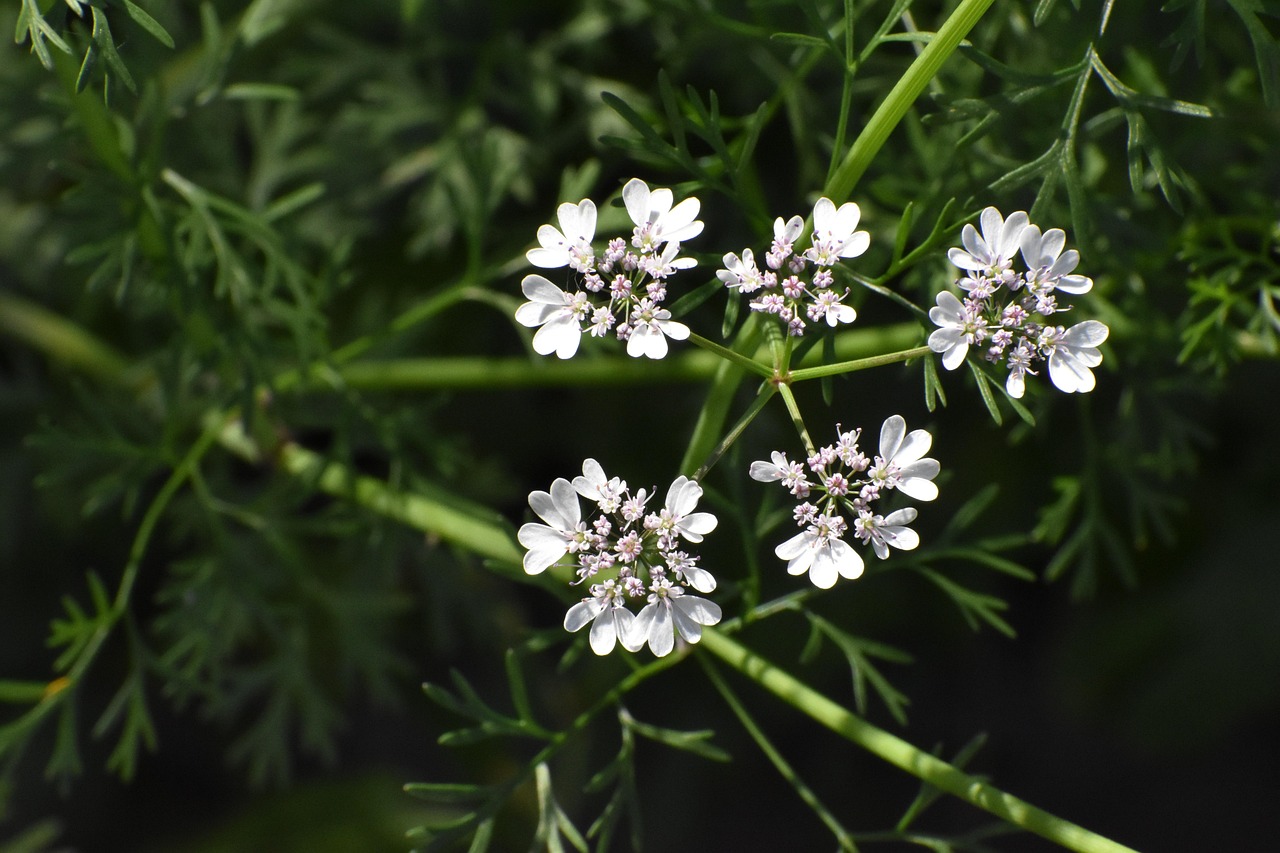Aglaonema: Features and Care
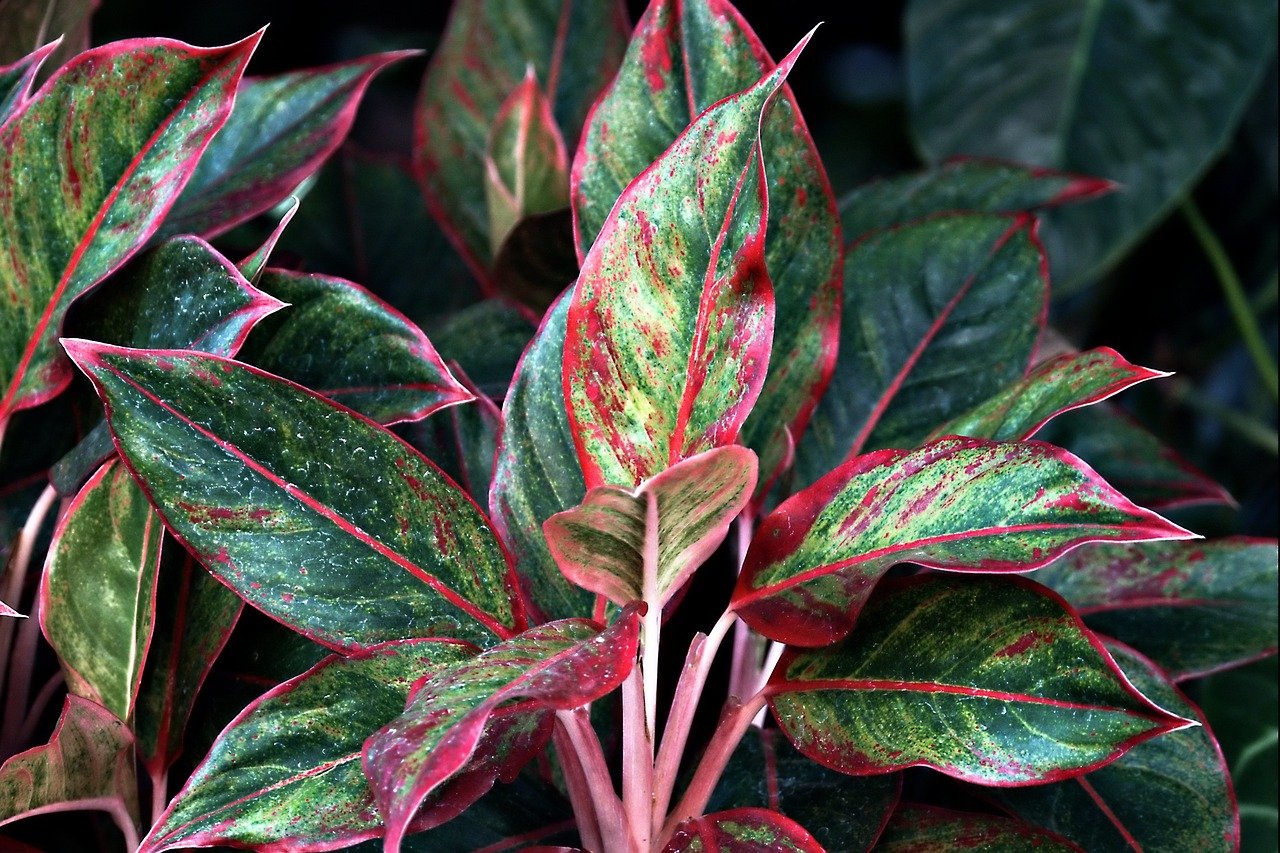
Aglaonema, also known as the “Chinese Evergreen,” is celebrated for its vibrant foliage patterns and shade tolerance. Its striking leaves make it a favorite indoor plant, particularly for beginners due to its low-maintenance nature.
This article explores Aglaonema’s basic characteristics, cultural significance, historical background, and care tips.
Basic Information
- Scientific Name: Aglaonema spp.
- Family: Araceae
- Origin: Southeast Asia (Philippines, Malaysia, Indonesia, etc.)
- Appearance: Aglaonema is a medium-sized perennial plant with glossy leaves featuring silver, cream, or multicolored patterns. Leaf shapes range from oval to slightly pointed, and some varieties display vibrant red or pink hues.
- Preferred Temperature: Thrives in warm environments between 20–30°C, with a minimum of 10°C to prevent damage.
Cultural Significance Worldwide
In Southeast Asia, Aglaonema is revered as a “lucky plant.” It symbolizes prosperity and happiness in countries like the Philippines and Thailand, where it is often gifted or used in special occasions. Feng Shui principles associate its rounded leaves with harmony and balance, making it a valued indoor plant.
In Western cultures, Aglaonema has gained popularity as a decorative plant for offices and commercial spaces due to its adaptability and sophisticated look.
Historical Background
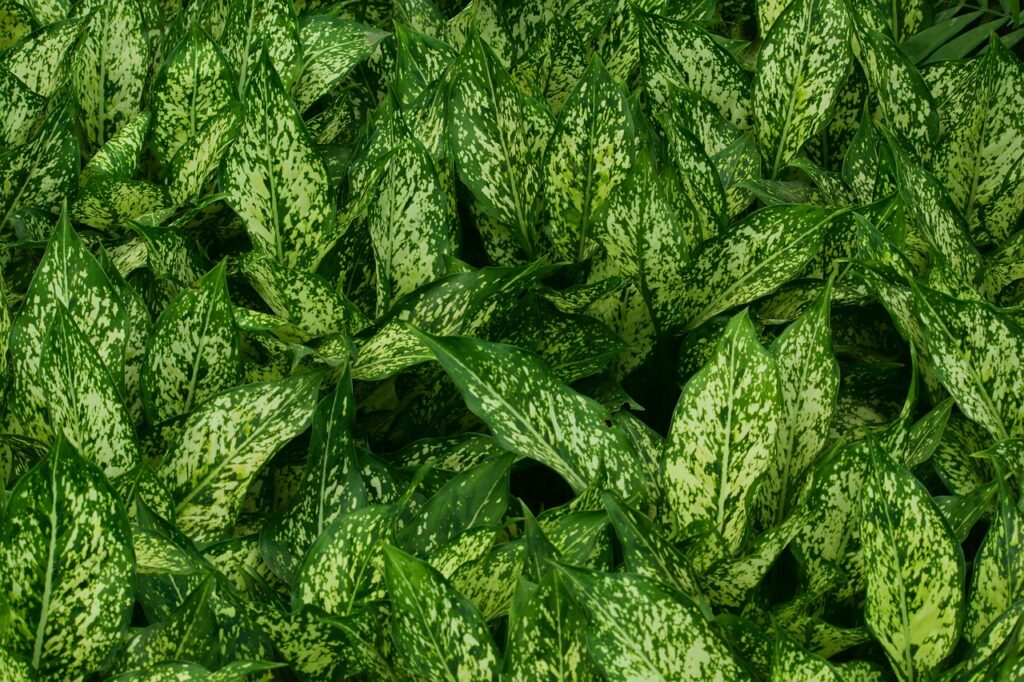
Aglaonema was introduced to Europe in the late 18th century from Southeast Asia. Its ornamental leaves captivated collectors, and it became a prized plant in royal and aristocratic greenhouses.
By the 20th century, research highlighted its suitability for low-light conditions, leading to its prominence in offices and homes. Ongoing hybridization efforts have since produced a wide array of colorful varieties.
Gardening Tips
Aglaonema is easy to care for. Follow these guidelines for optimal growth:
Light
Prefers bright indirect light but tolerates low-light conditions. Avoid direct sunlight to prevent leaf scorch.
Watering
Water thoroughly when the topsoil is dry, but avoid overwatering to prevent root rot.
Soil
Use well-draining soil, such as potting mix with added perlite.
Fertilizer
Apply diluted liquid fertilizer every 2–4 weeks during the growing season (spring to fall). Reduce feeding in winter.
Humidity
Thrives in humid conditions. Mist the leaves or use a humidifier to maintain moisture.
Winter Care
Keep temperatures above 10°C. In colder regions, place indoors in a warm spot.
Conclusion
Aglaonema is an elegant indoor plant known for its colorful foliage and low-maintenance needs. Widely regarded as a “lucky plant” in Southeast Asia, it has become a staple in modern interiors, combining aesthetics with ease of care.
Its vibrant leaves can brighten any space, making it an ideal choice for novice and experienced gardeners alike.

